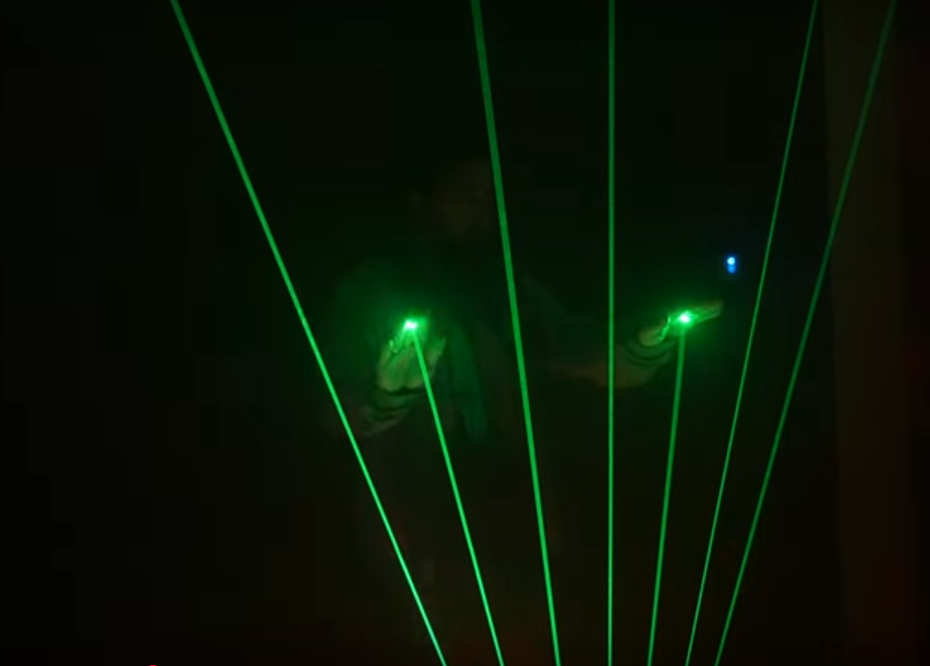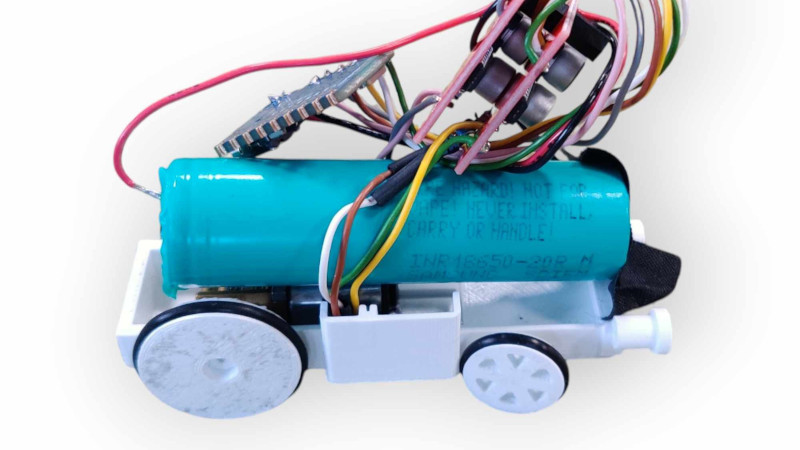General Fusion Claims Success with Magnetized Target Fusion
It’s rarely appreciated just how much more complicated nuclear fusion is than nuclear fission. Whereas the latter involves a process that happens all around us without any human involvement, and …read more


It’s rarely appreciated just how much more complicated nuclear fusion is than nuclear fission. Whereas the latter involves a process that happens all around us without any human involvement, and where the main challenge is to keep the nuclear chain reaction within safe bounds, nuclear fusion means making atoms do something that goes against their very nature, outside of a star’s interior.
Fusing helium isotopes can be done on Earth fairly readily these days, but doing it in a way that’s repeatable — bombs don’t count — and in a way that makes economical sense is trickier. As covered previously, plasma stability is a problem with the popular approach of tokamak-based magnetic confinement fusion (MCF). Although this core problem has now been largely addressed, and stellarators are mostly unbothered by this particular problem, a Canadian start-up figures that they can do even better, in the form of a nuclear fusion reactors based around the principle of magnetized target fusion (MTF).
Although General Fusion’s piston-based fusion reactor has people mostly very confused, MTF is based on real physics and with GF’s current LM26 prototype having recently achieved first plasma, this seems like an excellent time to ask the question of what MTF is, and whether it can truly compete billion-dollar tokamak-based projects.
Squishing Plasma Toroids
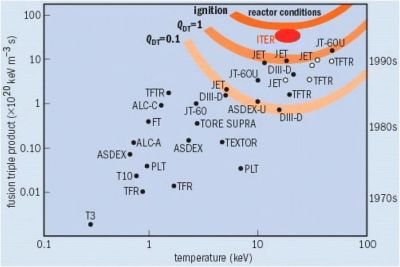
In general, to achieve nuclear fusion, the target atoms have to be pushed past the Coulomb barrier, which is an electrostatic interaction that normally prevents atoms from approaching each other and even spontaneously fusing. In stars, the process of nucleosynthesis is enabled by the intense pressures due to the star’s mass, which overcomes this electrostatic force.
Replicating the nuclear fusion process requires a similar way to overcome the Coulomb barrier, but in lieu of even a small-sized star like our Sun, we need alternate means such as much higher temperatures, alternative ways to provide pressure and longer confinement times. The efficiency of each approach was originally captured in the Lawson criterion, which was developed by John D. Lawson in a (then classified) 1955 paper (PDF on Archive.org).
In order to achieve a self-sustaining fusion reaction, the energy losses should be less than the energy produced by the reaction. The break-even point here is expressed as having a Q (energy gain factor) of 1, where the added energy and losses within the fusion process are in balance. For sustained fusion with excess energy generation, the Q value should be higher than 1, typically around 5 for contemporary fuels and fusion technology.
In the slow march towards ignition, we have seen many reports in the popular media that turn out to be rather meaningless, such as the horrendous inefficiency demonstrated by the laser-based inertial confinement fusion (ICF) at the National Ignition Facility (NIF). This makes it rather fascinating that what General Fusion is attempting is closer to ICF, just without the lasers and artisan Hohlraum-based fuel pellets.
Instead they use a plasma injector, a type of plasma railgun called a Marshall gun, that produces hydrogen isotope plasma, which is subsequently contained in a magnetic field as a self-stable compact toroid. This toroid is then squished by a mechanical system in a matter of milliseconds, with the resulting compression induces fusion. Creating this toroid is the feat that was recently demonstrated in the current Lawson Machine 26 (LM26) prototype reactor with its first plasma in the target chamber.
Magneto-Inertial Fusion
Whereas magnetic confinement fusion does effectively what it says on the tin, magnetic target fusion is pretty much a hybrid of magnetic confinement fusion and the laser-based intertial confinement fusion. Because the magnetic containment is only there to essentially keep the plasma in a nice stable toroid, it doesn’t have nearly the same requirements as in a tokamak or stellarator. Yet rather than using complex and power-hungry lasers, MCF applies mechanical energy using an impulse driver — the liner — that rapidly compresses the low-density plasma toroid.
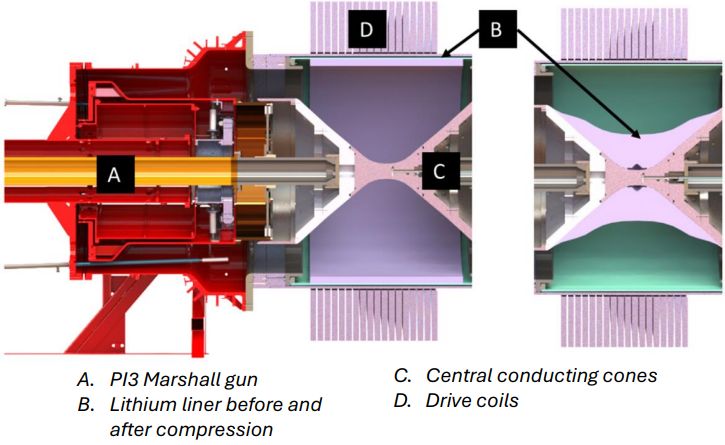
The juiciest parts of General Fusion’s experimental setup can be found in the Research Library on the GF website. The above graphic was copied from the LM26 poster (PDF), which provides a lot of in-depth information on the components of the device and its operation, as well as the experiments that informed its construction.
The next step will be to test the ring compressor that is designed to collapse the lithium liner around the plasma toroid, compressing it and achieving fusion.
Long Road Ahead

As promising this may sound, there is still a lot of work to do before MTF can be considered a viable option for commercial fusion. As summarized on the Wikipedia entry for General Fusion, the goal is to have a liquid liner rather than the solid lithium liner of LM26. This liquid lithium liner will both breed new tritium fuel from neutron exposure, as well as provide the liner that compresses the deuterium-tritium fuel.
This liquid liner would also provide cooling, linked with a heat exchanger or steam generator to generate electricity. Because the liquid liner would be infinitely renewable, it should allow for about 1 cycle per second. To keep the liquid liner in place on the inside of the sphere, it would need to be constantly spun, further complicating the design.
Although getting plasma in the reaction chamber where it can be squished by the ring compressor’s lithium liner is a major step, the real challenge will be in moving from a one-cycle-a-day MTF prototype to something that can integrate not only the aforementioned features, but also run one cycle per second, while being more economical to run than tokamaks, stellarators, or even regular nuclear fission plants, especially Gen IV fast neutron reactors.
That said, there is a strong argument to be made that MTF is significantly more practical for commercial power generation than ICF. And regardless, it is just really cool science and engineering.
Top image: General Fusion’s Lawson Machine 26. (Credit: General Fusion)





















































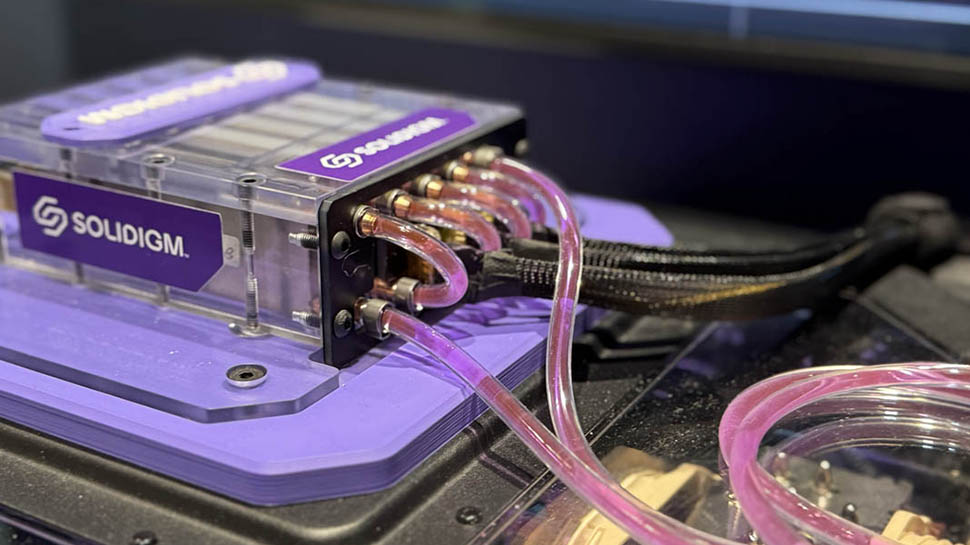














![Apple's M5 iPad Pro Enters Advanced Testing for 2025 Launch [Gurman]](https://www.iclarified.com/images/news/96865/96865/96865-640.jpg)
![M5 MacBook Pro Set for Late 2025, Major Redesign Waits Until 2026 [Gurman]](https://www.iclarified.com/images/news/96868/96868/96868-640.jpg)
![Apple to Revamp Health App with AI-Powered Doctor [Gurman]](https://www.iclarified.com/images/news/96870/96870/96870-640.jpg)
![Lowest Prices Ever: Apple Pencil Pro Just $79.99, USB-C Pencil Only $49.99 [Deal]](https://www.iclarified.com/images/news/96863/96863/96863-640.jpg)














![What Google Messages features are rolling out [March 2025]](https://i0.wp.com/9to5google.com/wp-content/uploads/sites/4/2023/12/google-messages-name-cover.png?resize=1200%2C628&quality=82&strip=all&ssl=1)




































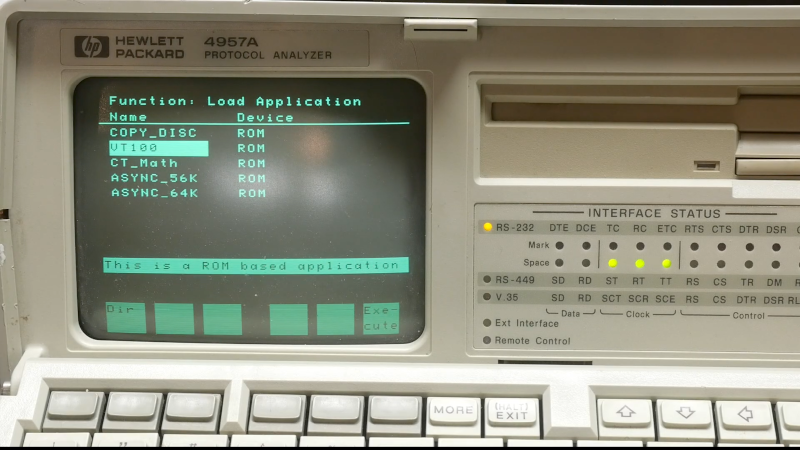


![Chip Glitching 101 with [Hash]](https://hackaday.com/wp-content/uploads/2025/03/glitching.jpeg?#)
























































































































![[The AI Show Episode 141]: Road to AGI (and Beyond) #1 — The AI Timeline is Accelerating](https://www.marketingaiinstitute.com/hubfs/ep%20141.1.png)
![[The AI Show Episode 140]: New AGI Warnings, OpenAI Suggests Government Policy, Sam Altman Teases Creative Writing Model, Claude Web Search & Apple’s AI Woes](https://www.marketingaiinstitute.com/hubfs/ep%20140%20cover.png)
![[The AI Show Episode 139]: The Government Knows AGI Is Coming, Superintelligence Strategy, OpenAI’s $20,000 Per Month Agents & Top 100 Gen AI Apps](https://www.marketingaiinstitute.com/hubfs/ep%20139%20cover-2.png)






















































































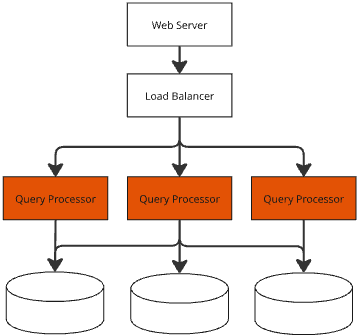


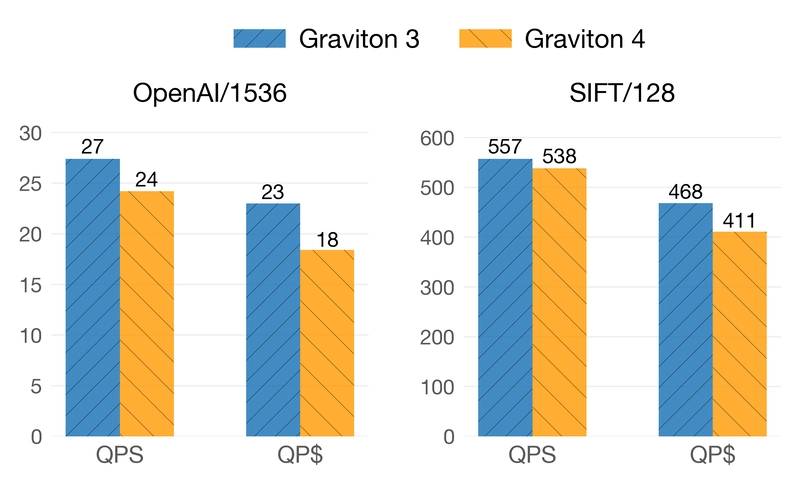


































![From broke musician to working dev. How college drop-out Ryan Furrer taught himself to code [Podcast #166]](https://cdn.hashnode.com/res/hashnode/image/upload/v1743189826063/2080cde4-6fc0-46fb-b98d-b3d59841e8c4.png?#)



![[FREE EBOOKS] The Ultimate Linux Shell Scripting Guide, Artificial Intelligence for Cybersecurity & Four More Best Selling Titles](https://www.javacodegeeks.com/wp-content/uploads/2012/12/jcg-logo.jpg)





































.png?#)












































